How High-Intensity Interval Training (HIIT) Fights Insulin Resistance
7 minute read
Lack of exercise is one of the biggest factors in the rise of obesity, metabolic syndrome, and type-2 diabetes. Each of these serious health problems is connected to the body’s inability to efficiently use the insulin it produces.
While people often turn to diet for weight-loss concerns, exercise is just as essential, and, in this case, high-intensity interval training (HIIT) is exactly the right kind for insulin support.
How HIIT Affects Insulin
Insulin is a hormone that helps your body transport and process energy in the form of glucose. Glucose that is not needed is stored as fat in the body. The more sugar, carbs, fat, etc., eaten, the more insulin produced and the more it is stored as fat.
Insulin resistance develops when your body no longer responds to the presence of insulin, causing more insulin to be produced to achieve the usual results. This excess insulin and overproduction can have wide-reaching health consequences, like obesity, metabolic syndrome, diabetes, and heart disease.
Discovering high insulin resistance often results in a prescription of more physical activity. Because different exercise affects everybody differently, research has attempted to find what will work best in the prevention of diabetes and the lowering of insulin resistance in the body.
Studies focused on high-intensity interval training, a workout plan with alternating periods of intense exercise and rest rather than a continuous effort. For example, sprint-rest-sprint rather than simply jog-jog-jog.
HIIT programs were found to have the ability to cut the levels of both glucose and insulin in the blood. The idea is that in reducing the presence of glucose and the hormone, there would be less risk for developing diabetes.
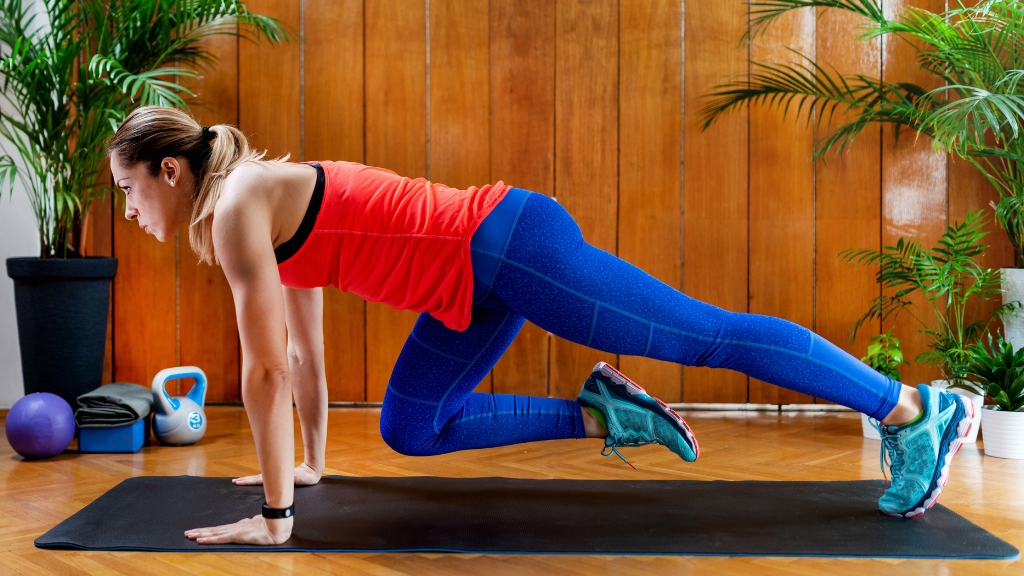
Studies found that HIIT programs resulted in weight loss, less body fat, improved blood pressure, and improved cardiometabolic metrics (glucose and insulin levels in the blood).
HIIT programs have the ability to reduce the risk for diabetes. Not only in the reduction of glucose and insulin found in the blood but by promoting other factors that contribute to better health and reduced risk for diabetes. High blood pressure and obesity are top contributing factors to the development of type-2 diabetes, and HIIT programs were found to reduce both. The combined benefits of HIIT make it the exercise plan for better metabolic health.
Preventing Diabetes Is Possible
The discovery of high insulin resistance serves as a big red flag that your risk for diabetes is high. This warning is your chance to make changes so as to prevent diabetes from becoming a reality in your life.
Exercise is one of the most important things you can do to promote health and prevent diabetes. As studies have shown, HIIT programs seem to work the best. In addition to exercise, there are other things you can do to naturally protect yourself from diabetes.
Watch Your Carbs
Your body breaks carbohydrates down into glucose, and too many can lead to blood glucose spikes. This is especially a problem if you have insulin resistance.
Following a low-carbohydrate diet is the best way to prevent this and to support your body in naturally processing sugars.
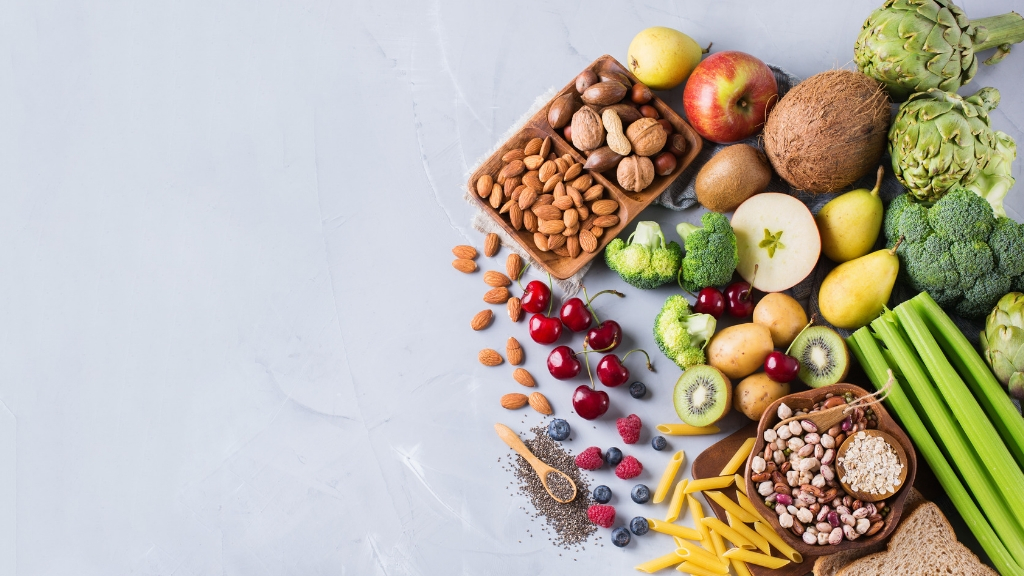
Eat More Fiber
Fiber slows your digestion, allowing for more gradual increases in blood glucose. When levels rise gradually, your body has time to absorb the molecules even with insulin resistance. The soluble fiber, in particular, is the best for supporting blood glucose metabolism, so eat more fresh fruits and vegetables, legumes, and whole grains.
Low-Glycemic Foods
The foods you want to include in your diet along with fiber-rich foods are those that are low on the glycemic index. You will find that these groups of foods often contain the same items.
Low-glycemic foods can reduce long-term blood sugar levels in both types of diabetes. The best foods to include are seafood, eggs, beans, lentils, most fruits, and non-starchy vegetables.
Stay Hydrated
Water prevents dehydration, which can influence blood glucose levels. Drinking plenty of water also helps your kidneys to flush excess blood sugar out.
Studies have found that drinking plenty of water reduces your risk for high blood sugar levels, so be sure to get at least 8 glasses per day.
Portion Control
Watching the portion sizes you consume impacts blood sugar as well as weight. Smaller portions allow you to regulate your calorie intake which can make it easy to reach and maintain a healthy weight.
Smaller servings also limit your sugar intake. By reducing how much food you eat in a serving, you can regulate your weight more efficiently and reduce your risk of diabetes.

Minimize Stress
Certain hormones like cortisol and glucagon, are released during stress that can raise blood glucose levels. Regular exercise helps to reduce these hormones as do meditation and relaxation practices.
By reducing the presence of these hormones, you can also reduce blood glucose and the risk of diabetes.
Get Sleep
Restful and regular sleep not only allows time for your body to refresh, it is important for your overall health. Insomnia and interrupted sleep can continue to several serious diseases including diabetes.
Sleep deprivation leads to increased amounts of cortisol in your system, which is the stress hormone linked to high blood glucose levels. When it comes to sleep both quality and quantity matter, so make sure you get the rest you need.
Supplemental Support
Magnesium and chromium are important minerals when it comes to reducing the risk of diabetes. Magnesium deficiency has been linked to a higher risk of developing diabetes, and chromium is involved in carbohydrate metabolism and therefore blood sugar levels.
Finding foods rich in these minerals or starting a supplement can help manage blood glucose and prevent diabetes from developing.
Apple Cider Vinegar
Apple cider vinegar has the ability to lower your fasting blood sugar levels by influencing your body’s response to sugar and by improving insulin sensitivity. You can either add a few teaspoons to some water to drink or mix in with your favorite salad dressing.
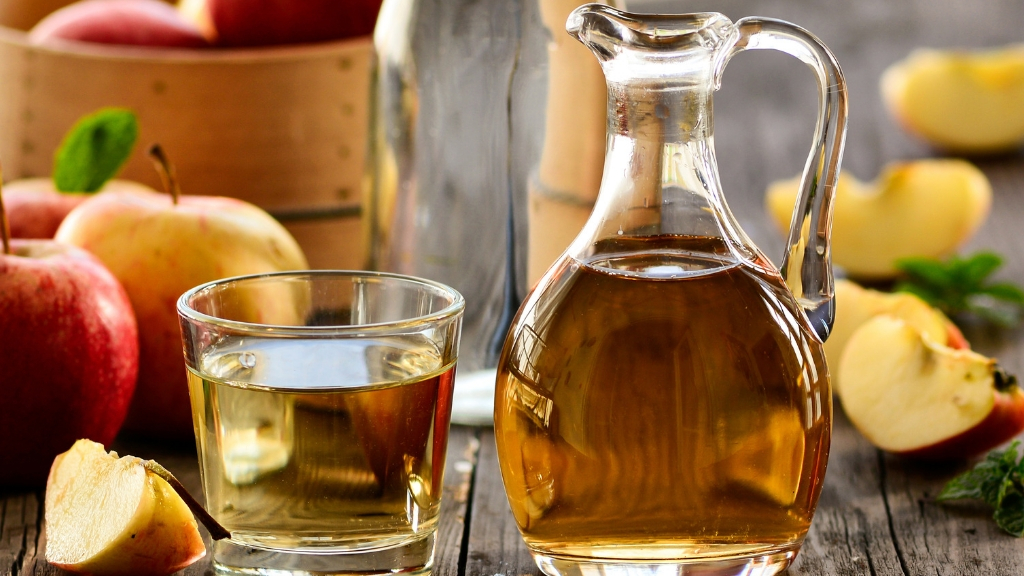
| Related: 15 Reasons for Daily Apple Cider Vinegar |
Your blood glucose levels will benefit from the addition and diabetes can be kept at bay.
The Bottom Line
Diabetes is a metabolic condition that is becoming increasingly more common as a result of poor diet, lack of exercise, and unhealthy living. Your body, however, gives you warning signs. When you heed the warnings, you can prevent it.
Insulin resistance is one of the first indicators that your risk for diabetes has increased and that you may benefit from a HIIT program. If you identify the risk, you only need a good HIIT and diabetes will leave you alone.






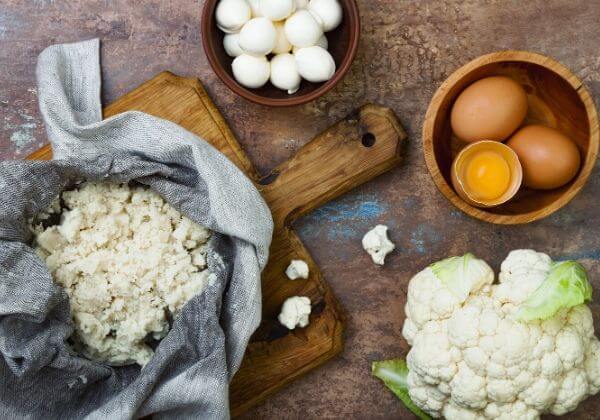


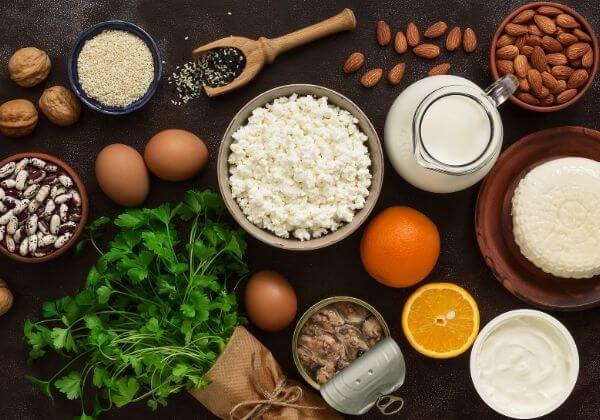
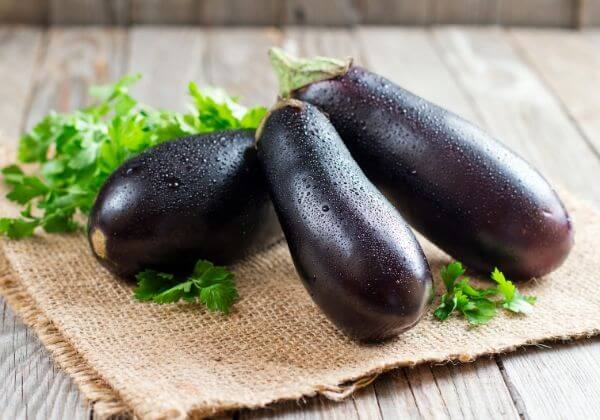
 Health Guides
Health Guides
 Latest Research
Latest Research


